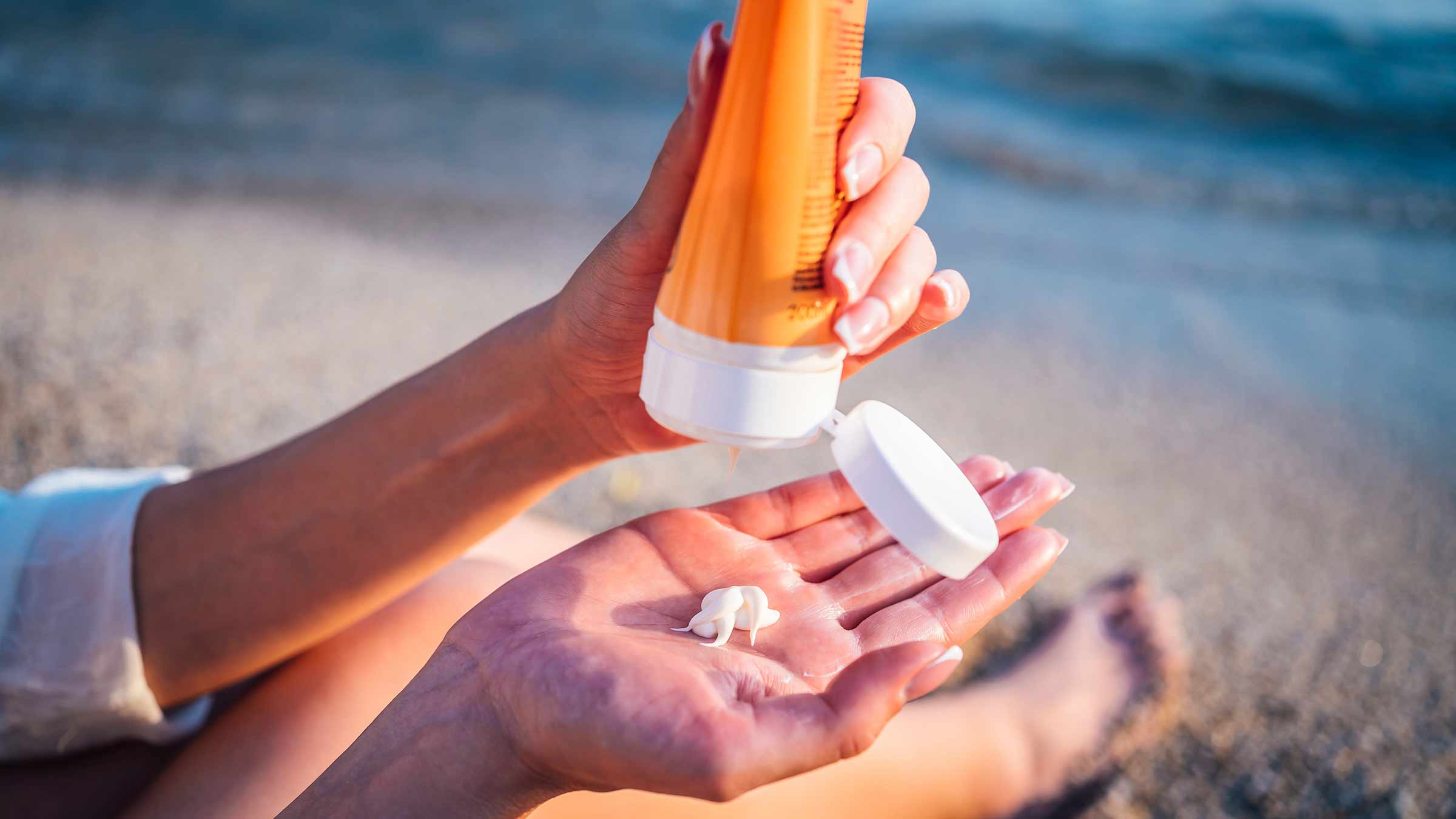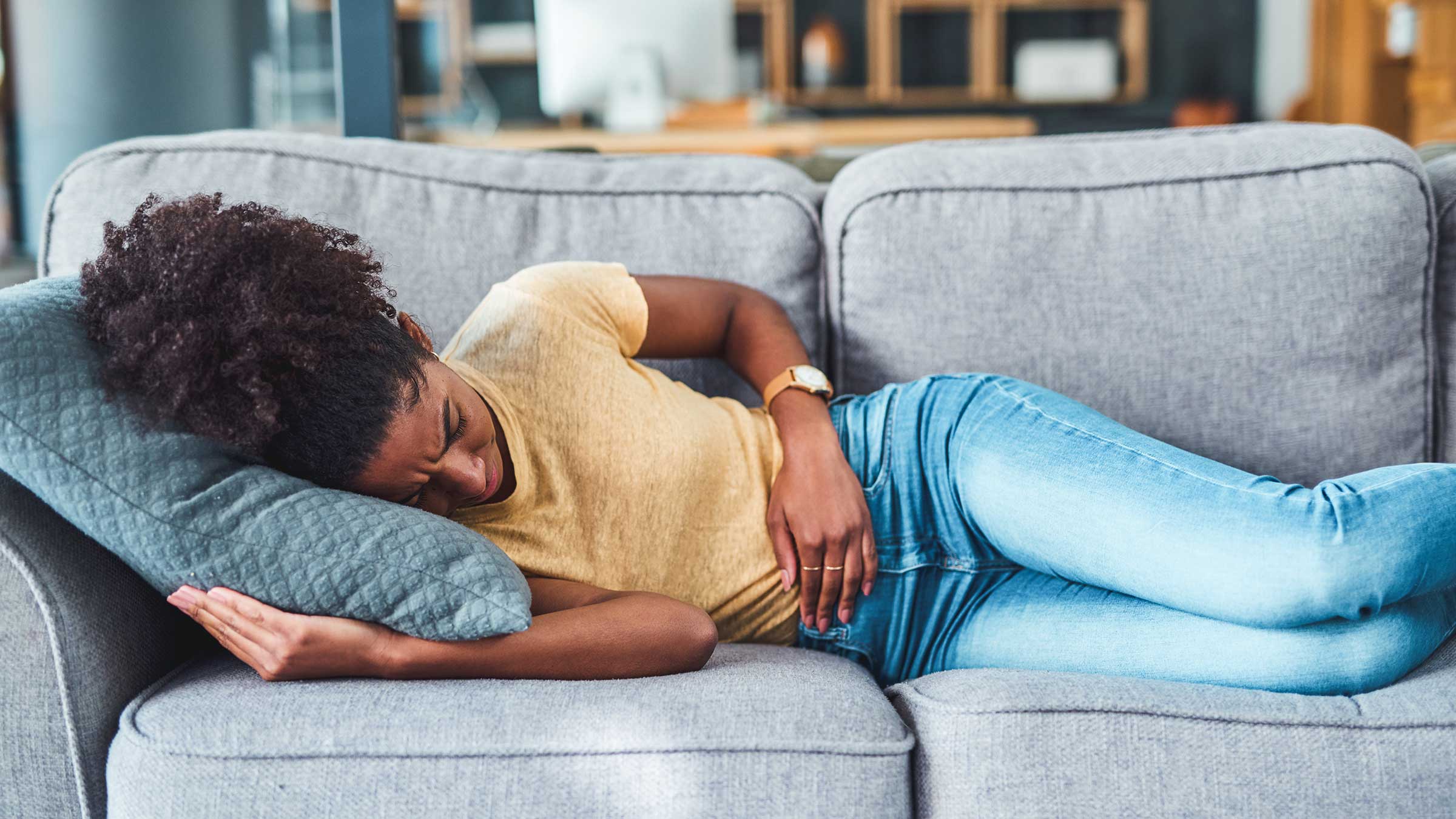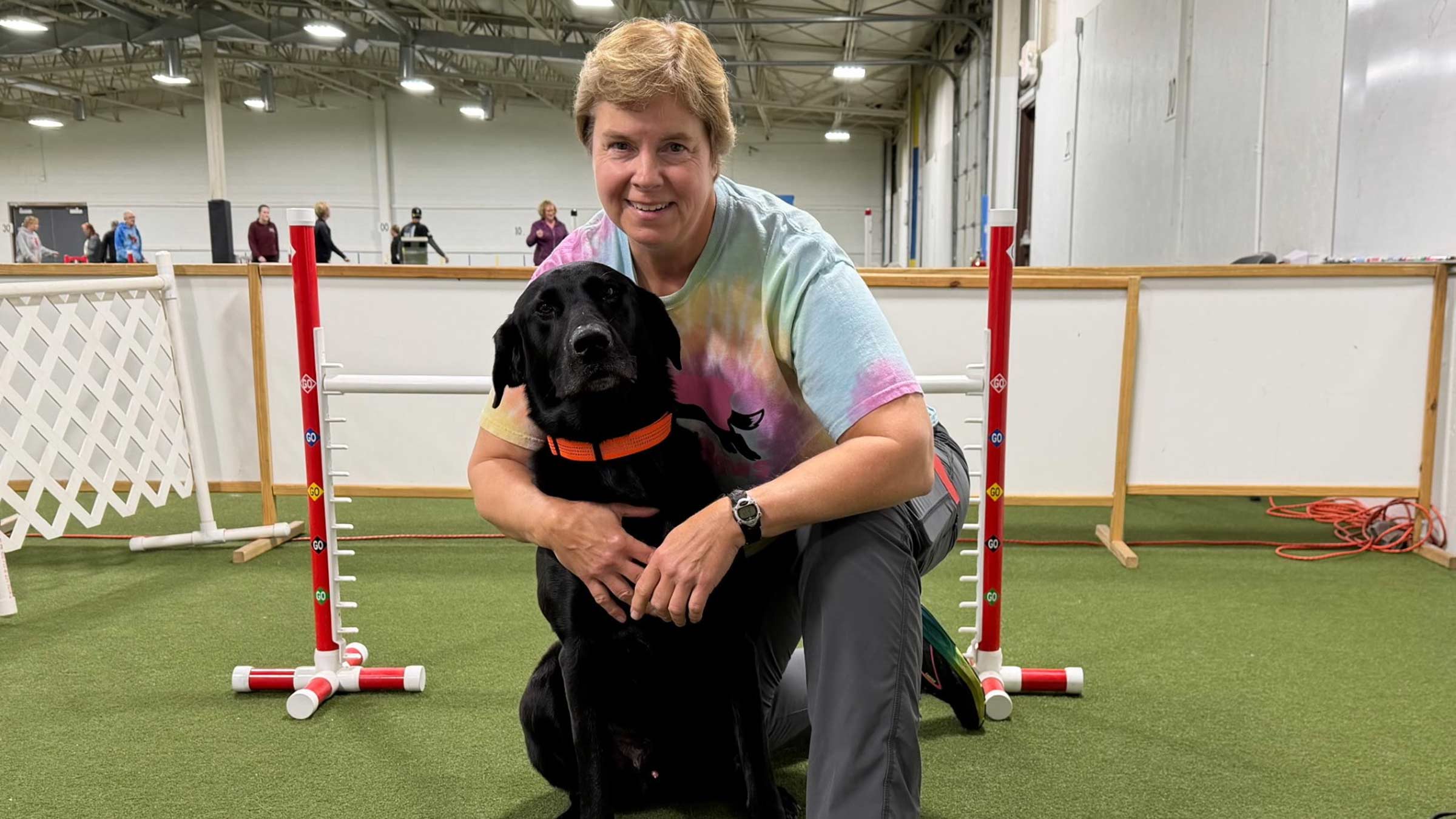
You’ve probably heard influencers online say that foreign sunscreens are better than American-made sunscreens when it comes to protection.
While you can’t believe everything online, in this case, critics have a valid argument.
It all starts with how the United States regulates sunscreens.
American sunscreen regulations vs. other countries
In the U.S., sunscreens are regulated by the Food and Drug Administration as over-the-counter drugs that have to go through an FDA approval process.
Other countries in Asia and Europe don’t necessarily subject their sunscreen ingredients to the same testing process and may classify them as cosmetics/cosmeceuticals.
Countries like Australia, with their own stringent sun safety standards, have done a better job at completing rigorous safety testing and approving new sunscreen ingredients for consumer use.
There are other sunscreen ingredients than the ones found here in the U.S., and the hope is that FDA will test these newer UV filters and eventually approve them for use in the U.S.
U.S. sunscreen regulations can hamper companies from using effective ingredients
The last time the FDA approved a new sunscreen ingredient was over 25 years ago. (Regulatory hurdles, limited funding for testing and the lack of clearly defined FDA review timelines can deter companies.)
Only 16 active ingredients in sunscreen are used in the U.S., and, of those, only two (zinc oxide and titanium dioxide) are given the FDA designation of “generally recognized as safe and effective” (GRASE).
Sunscreens found abroad but not available for use in the U.S. include ingredients that provide superior UV protection with greater photostability compared with those we have here. This again relates to the FDA approval process and FDA regulations that have limited our access to these ingredients.
Physical vs. chemical sunscreens: both protect our skin from UV rays that damage our skin cell DNA
Physical sunscreens are often more effective in limiting the absorption of UV rays by the skin.
- More immediate in protecting your skin from UV rays
- Less likely to cause rash/irritation as natural mineral ingredients and are better for sensitive skin
Chemical sunscreens absorb and scatter the UV rays to prevent UV damage to our skin cell DNA.
- Chemical sunscreens take time to take effect. (Be sure to apply 20 min before heading outdoors for best protection.)
- They absorb better in the skin, with a less opaque appearance on the skin compared with mineral sunscreens — but can cause skin irritation/rash in sensitive-skin individuals.
Chemical ingredients available in the U.S. are less stable than those available elsewhere in the world, and they only cover specific wavelengths. Typically, you need at least four chemical ingredients to get full UV coverage.
Emerging trends in sunscreen formulation
- Nanosized particles and nanoencapsulated UV filters
- Hybrid sunscreens that mix mineral and chemical sunscreen ingredients
- Tinted sunscreens to block visible light along with UV light, which can contribute to premature aging and hyperpigmentation
- Alternative ingredients that are available in Australia, Asia and Europe but are not yet FDA approved in the U.S. include: Tinosorb S, Tinosorb M and Mexoryl SX/XL.
What to look for when shopping for sunscreen
Shopping for sunscreen in the U.S.? Look for:
- Broad-spectrum UVA and UVB coverage
- SPF 30+ for regular daily use, SPF 50+ for more anticipated UV exposure
- Water resistance 80 minutes
- Preferred sunscreen ingredients are mineral sunscreens: titanium dioxide and zinc oxide (i.e. mineral sunscreens)
Shopping for sunscreen abroad
If you decide to shop for sunscreen abroad, here’s what to keep in mind:
- Beware of buying international sunscreen products off of third-party sellers on Amazon — these are often fake or counterfeit — and are not going to be protective. Use trusted cosmetics retailers (examples include Stylevana and YesStyle).
- If you’re lucky enough to be traveling abroad, you can stock up. Most will have SPF ratings comparable to the U.S. SPF ratings scale. Asian sunscreens will also include PA+ to PA++++ ratings, which measure UVA protection.
Misconceptions about sunscreen
Does SPF measures both UVA and UVB rays?
SPF actually measures only UVB rays.
Should you put on sunscreen when you’re already outside?
Try to apply 20 minutes before you head outdoors. It takes a little bit of time to absorb and become effective.
Is SPF in facial moisturizer or makeup enough to protect the fact all day?
Typically, you don’t put on enough moisturizer with your makeup for adequate protection, so you still need to apply an additional sunscreen product for full coverage.
Can you apply sunscreen once a day and be protected?
You need to keep reapplying sunscreen every two to three hours, especially when you’re in intense sun exposure, to protect your skin.
Do people with darker skin tones need sunscreen?
People with more melanin in their skin may not burn in the way that someone with lighter skin tone may, but UV protection can still be of benefit regardless of your skin color.
Do higher-SPF sunscreens have longer-lasting protection?
Most sunscreens, regardless of SPF number, lose their protective ability within two to three hours. You have to reapply to prevent damage.

Worried about your skin?
Ohio State's dermatology team provides comprehensive care backed by one of the nation's leading academic health centers.
Expert care starts here




